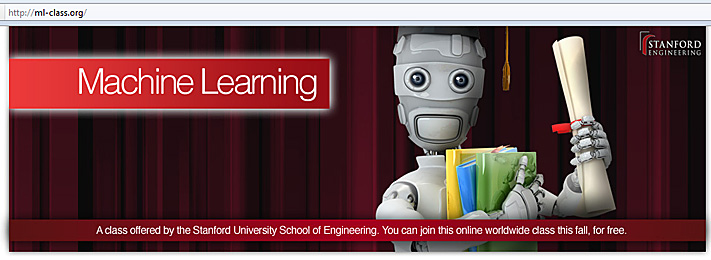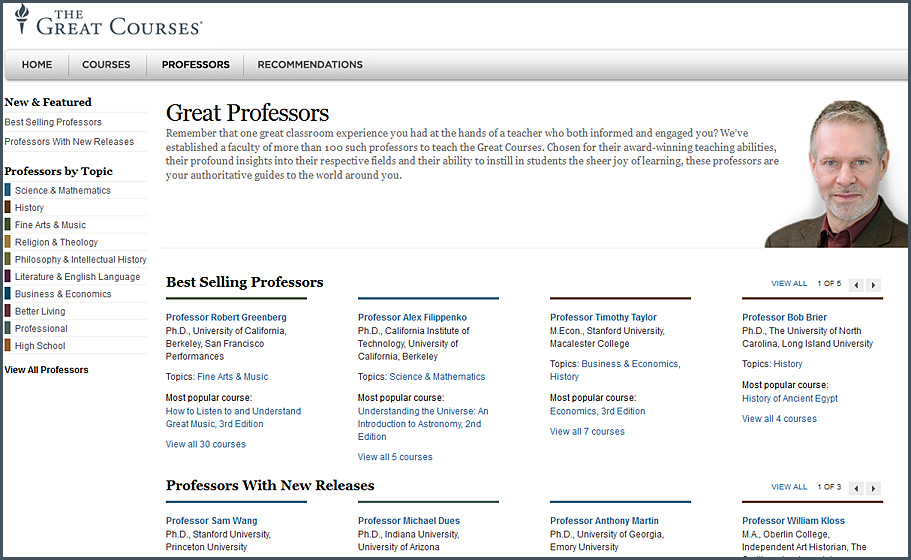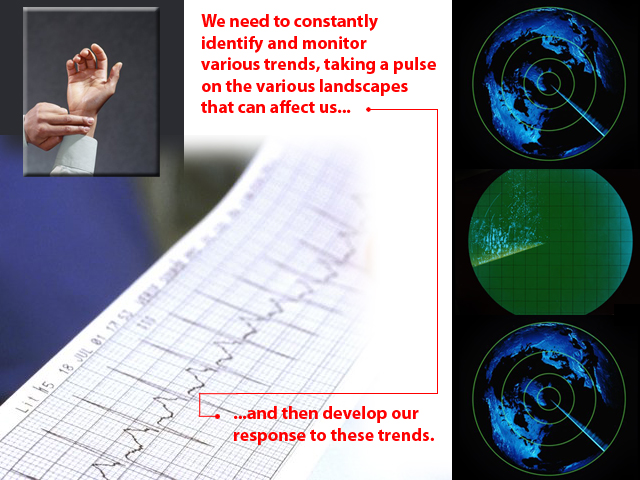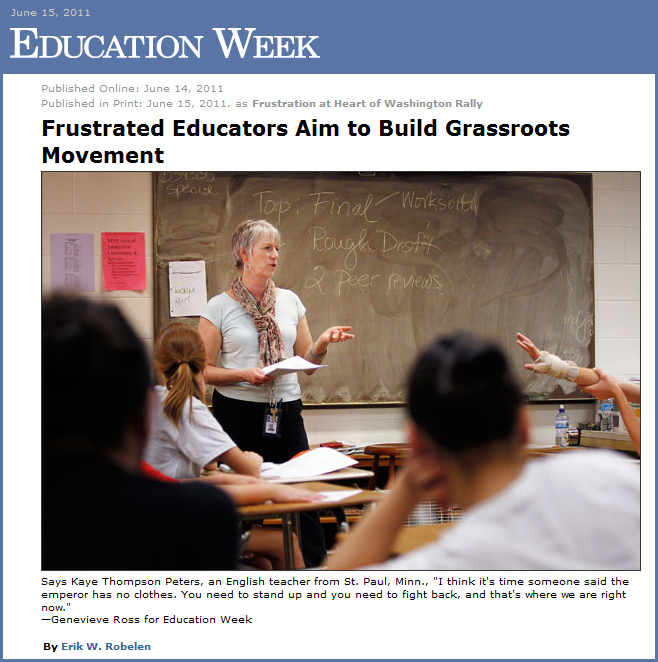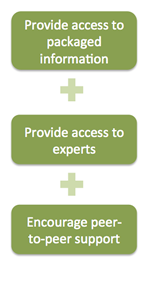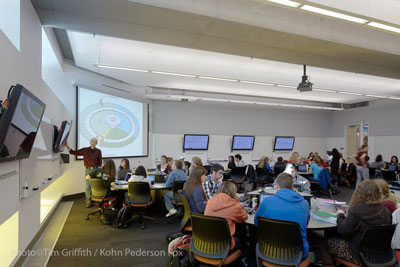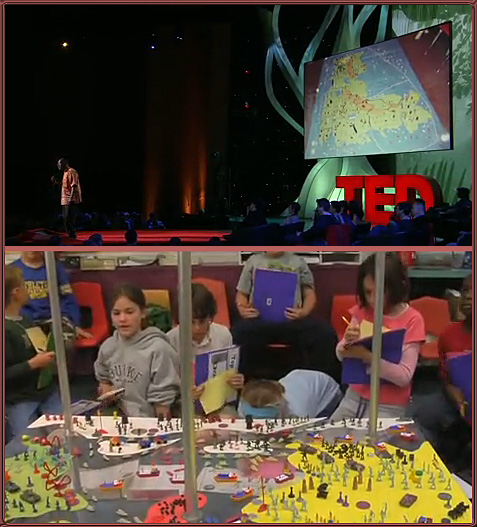Reinventing the Technology of Human Accomplishment — by Gary Hamel; from the University of Phoenix Distinguished Guest Video Lecture Series.
From DSC:
No matter whether you agree with what Gary is saying or not, can you imagine if every lecture contained this type of team-based assistance in creating the motion graphics, recording the video, editing the video, executing proper sound design principles, etc.? Most likely such an endeavor would be more achievable/successful when producing content in a controlled, studio type of environment — and then presenting it online (vs. trying to do this in front of a live classroom/audience/face-to-face.)
Anyway, very powerful communication channels here! Excellent use of motion graphics to backup his message. A transcript with bolded headings and colored main points would be great too. By the way, wouldn’t it be cool for “call outs” to appear — somewhat in an augmented reality sort of way — when a main point was just made?!

Description of video:
Watch Gary Hamel, celebrated management thinker and author and co-founder of the Management Innovation eXchange (MIX), make the case for reinventing management for the 21st century. In this fast-paced, idea-packed, 15-minute video essay, Hamel paints a vivid picture of what it means to build organizations that are fundamentally fit for the future—and genuinely fit for human beings. It’s time to radically rethink how we mobilize people and organize resources to productive ends. Here’s how we start.
This video is an excerpt from the University of Phoenix Distinguished Guest Video Lecture Series.
Sample screen shots:

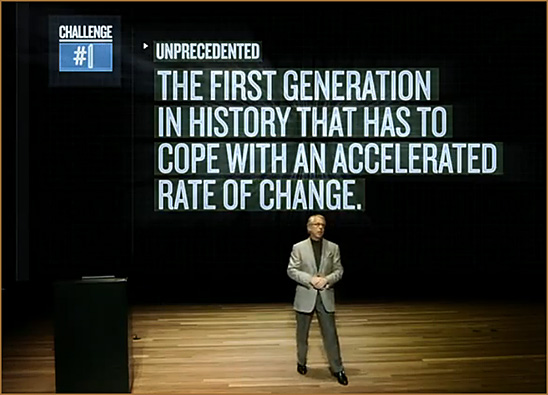
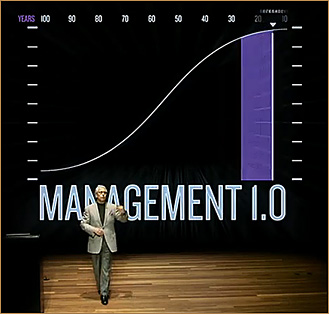
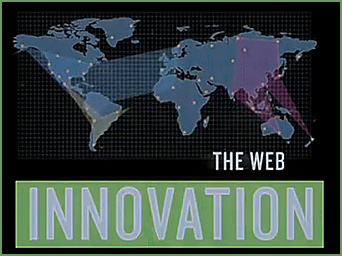
From DSC:
Again, can you imagine the bump in engagement/attention spans if a faculty member could be backed up by these types of motion graphics!?
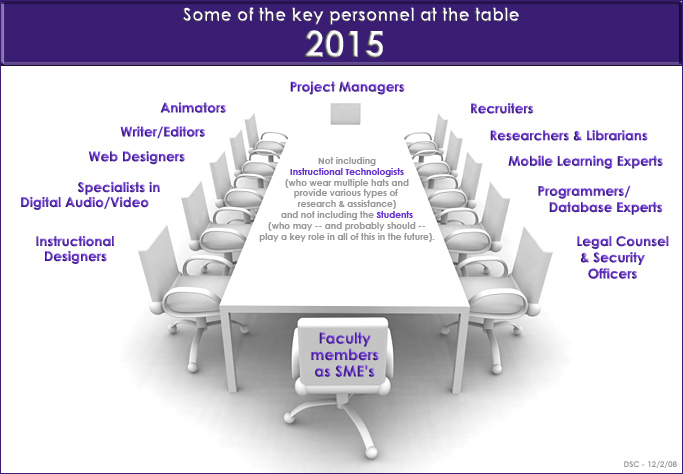
From DSC:
I realize that many of the for-profits are already using teams of specialists…but many others are not.
–Originally saw this at the
Higher Education Management blog by Keith Hampson










